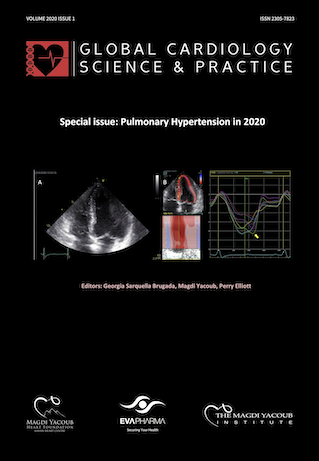Risk stratification in childhood hypertrophic cardiomyopathy
DOI:
https://doi.org/10.21542/gcsp.2018.24Abstract
[first paragraph of article]
The true prevalence of hypertrophic cardiomyopathy (HCM) in childhood is unknown, but population-based studies have reported an annual incidence between 0.24–0.47 per 100,000 children. The aetiology of disease is more heterogeneous than that seen in adult populations, with up to 30% of patients having an inborn error of metabolism, malformation syndrome or neuromuscular syndrome. However, as in adults, most cases are caused by mutations in the cardiac sarcomere protein genes, even in young children. The long-term outcome of childhood HCM is highly variable and has been shown to depend partly on the age of presentation and underlying aetiology. Outside of infancy, the most frequent cause of mortality is sudden cardiac death (SCD), and one of the greatest challenges in managing young patients with HCM is identifying those at greatest risk of an arrhythmic event.
Downloads
Published
Issue
Section
License
This is an open access article distributed under the terms of the Creative Commons Attribution license CC BY 4.0, which permits unrestricted use, distribution and reproduction in any medium, provided the original work is properly cited.


